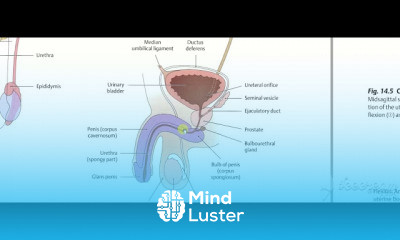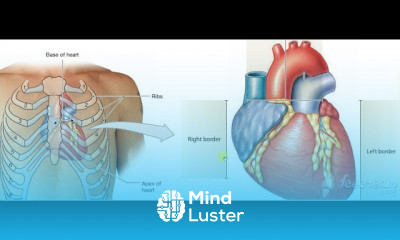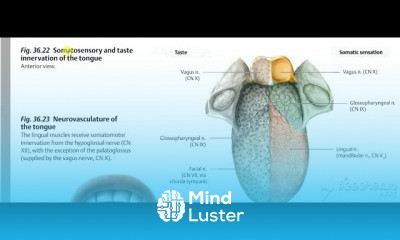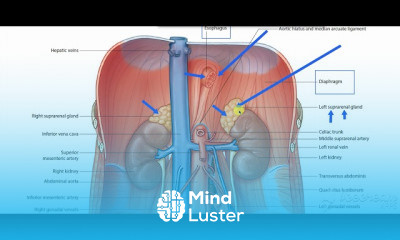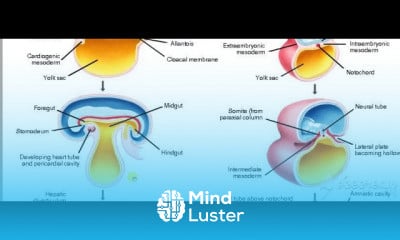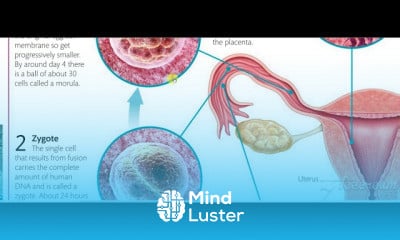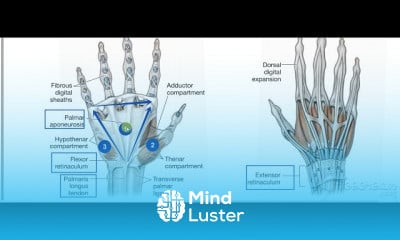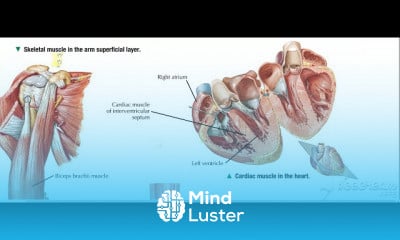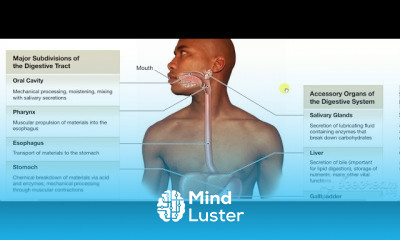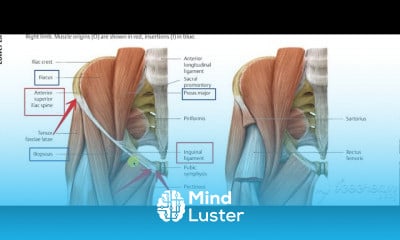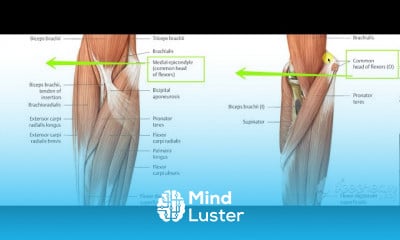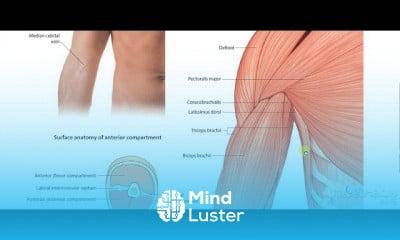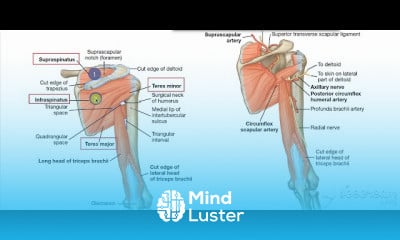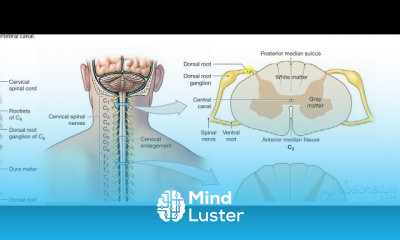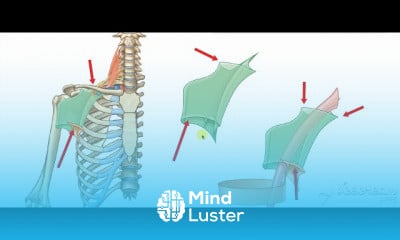External Carotid Relations 4
Share your inquiries now with community members
Click Here
Sign up Now
Lessons List | 26
Lesson
Comments
Related Courses in Medical
Course Description
The head and neck receives the majority of its blood supply through the carotid and vertebral arteries. This article shall explore the anatomy of this arterial system – its anatomical course, branches, and clinical correlations.
Carotid Arteries
We shall start at the origin of the carotid arteries. The right common carotid artery arises from a bifurcation of the brachiocephalic trunk (the right subclavian artery is the other branch). This bifurcation occurs roughly at the level of the right sternoclavicular joint.
The left common carotid artery branches directly from the arch of aorta. The left and right common carotid arteries ascend up the neck, lateral to the trachea and the oesophagus. They do not give off any branches in the neck.
At the level of the superior margin of the thyroid cartilage (C4), the carotid arteries split into the external and internal carotid arteries. This bifurcation occurs in an anatomical area known as the carotid triangle.
The common carotid and internal carotid are slightly dilated here, this area is known as the carotid sinus, and is important in detecting and regulating blood pressure.
What blood vessels are in the neck?
Two pairs of blood vessels in the neck — the carotid and vertebral arteries, known collectively as the cervical arteries — carry blood to the brain. A tear in the lining of one of these vessels is called a cervical artery dissection.
What major artery is in the neck?
There are two large arteries in the neck, one on each side. They are the carotid arteries, and they carry blood to the brain. If one of them is narrowed or blocked, it can lead to a stroke. Doctors can test for a narrowed carotid artery, but it's usually not a good idea.
Trends
French
Graphic design tools for beginners
Data Science and Data Preparation
Formation efficace à l écoute de l
Artificial intelligence essentials
Learning English Speaking
Essential english phrasal verbs
MS Excel
Electrical engineering for engineer
American english speaking practice
Build a profitable trading
Build a tic tac Toe app in Xcode
Python for beginners
Figma for UX UI design
YouTube channel setup
Marketing basics for beginners
Web Design for Beginners
Computer science careers
Magento Formation Français
ArrayLists in C for beginners
Recent
Data Science and Data Preparation
Growing ginger at home
Gardening basics
Ancient watering techniques
Grow mushrooms
Growing onions
Veggie growing
Bean growing at home
Growing radishes
Tomato growing at home
Shallot growing
Growing kale in plastic bottles
Recycling plastic barrel
Recycling plastic bottles
Grow portulaca grandiflora flower
Growing vegetables
Growing lemon tree
Eggplant eggplants at home
zucchini farming
watermelon farming in pallets



